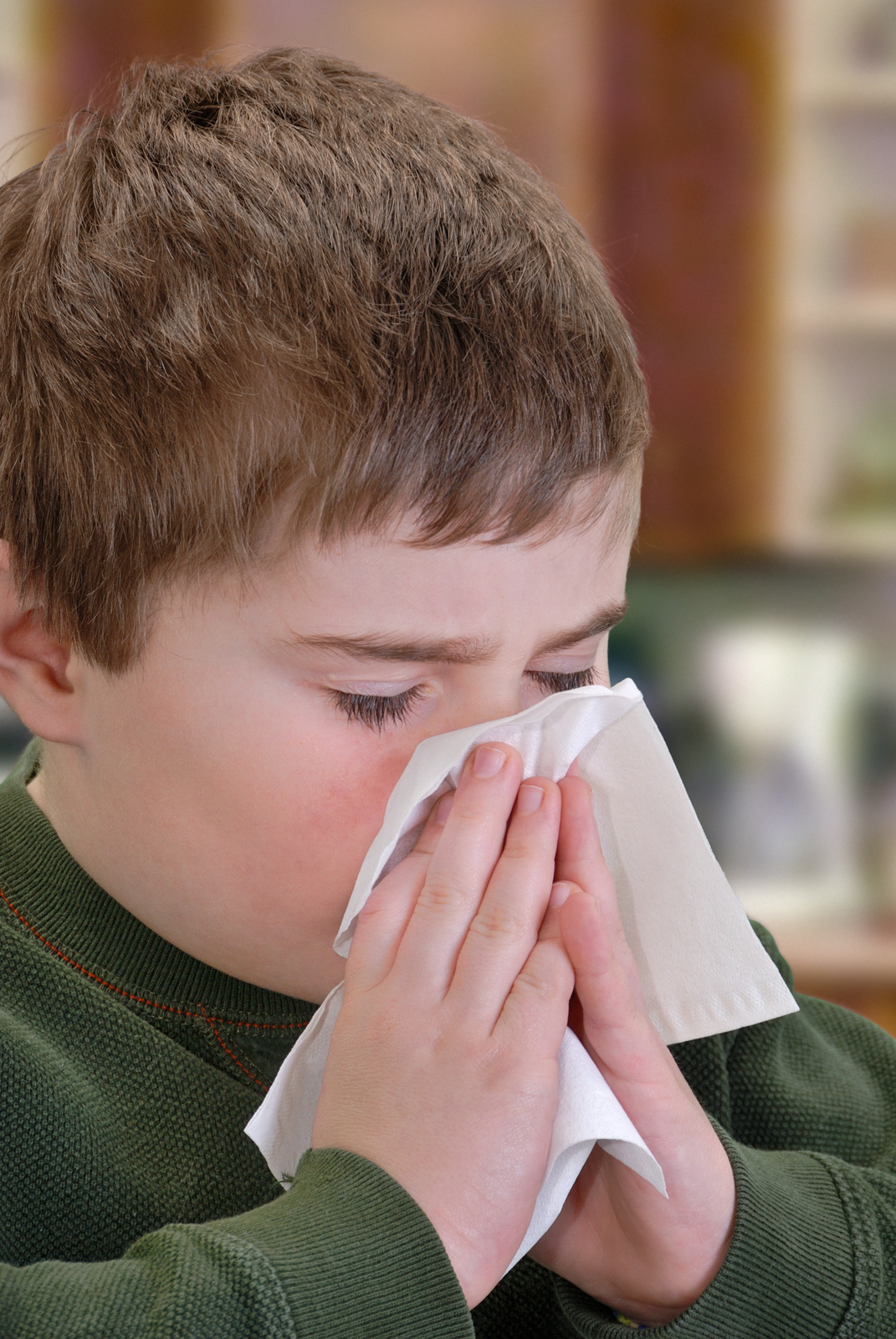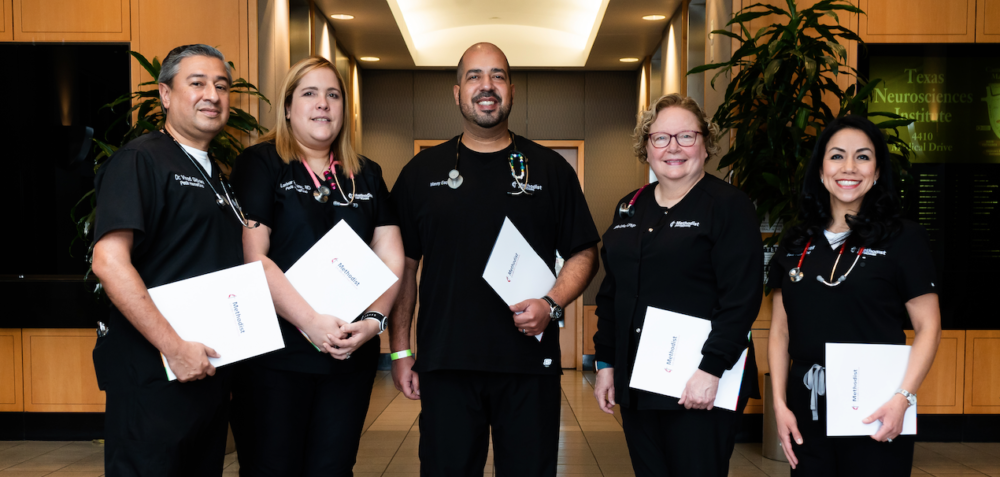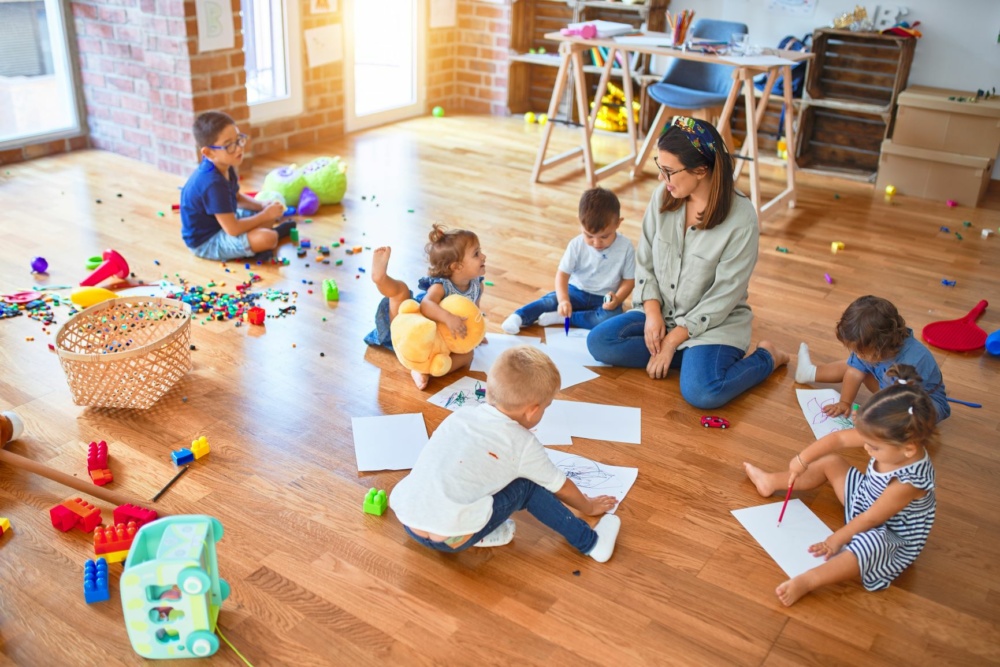The culprit could be the cleaning products and air fresheners used at your child’s school. Many of these products contain volatile organic compounds (VOCs) and fragrances that can cause respiratory ailments such as nasal congestion, shortness of breath, wheezing or worsening of asthma, nosebleeds, a cough, or other symptoms such as itchy, watery eyes, headaches or dizziness, fatigue, nausea, rashes, fever, muscle aches and more.
The World Health Organization estimates that approximately 30 percent of all buildings have an indoor air quality (IAQ) problem.
Just ask Brandon, an Executive Director at a senior care facility in Austin, TX who used to attribute his allergy systems to pollen. “I’d always sneeze and my eyes would water when I entered the building. I never associated the problem with the quality of the air in the building.”
But, having residents with Chronic Obstructive Pulmonary Disease (COPD) who were unable to have cleaning products containing fragrances used in their rooms prompted him to seek out fragrance free, colorless solutions. “Since using the new solutions, I’ve not experienced any of the allergy like symptoms I used to suffer from. We’ve not had any issues with our COPD patients either.”
More Harmful Than Helpful
The Occupational Safety and Health Administration (OSHA) lists exposure to hazardous chemicals as one of their top occupational concerns. More often than not, custodial workers are tasked with mixing and diluting hazardous chemicals themselves. Most times we operate off the“more is better” motto, leading to dangerous levels of VOC’s and other hazards.
Hazard warnings associated with Hillyard Products, a popular brand with Texas School Systems, include:
• Irreversible eye damage, skin burns, may be fatal if absorbed in skin
• Inhalation causes headaches, dizziness, nausea, loss of motor skills etc
• Avoid breathing vapors or mist
• Wear chemical goggles, face shields, rubber gloves, protective clothing, and provide adequate exhaust
ventilation.
• Central Nervous System, fatigue, mental confusion, delayed lung injury
• Contains Butyl Cellosolve which may cause blood damage based on animal data
If you answer ‘yes,’ to any one of the following questions, your child may be suffering from symptoms associated with the cleaning products used at their school.
• Your child starts most days healthy but develops headaches or nausea during the school day
• Your child comes home from school sick, tired, “itchy” or angry
• Your child uses more asthma medications on school days
• Your child shows new or worsening health or learning problems only on certain days
• Your child comes home with odd odors clinging to his/her clothing
“Approximately 95 percent of chemicals used in fragrances are synthetic compounds derived from petroleum”
Unwanted Exposure
According to Healthy Schools Organization, whether a product is freshly applied or misapplied, mixed improperly–some common cleaning products, when mixed together, can give off deadly gas–used in an undiluted state, stored in an unventilated hall closet, or leaves a heavy residue, there are three exposure routes to children.
Inhalation: Children breathe more air per pound of body weight than adults. Aerosols, vapors, fumes, or dusts can be inhaled causing breathing problems, and/or absorbed into the bloodstream and carried to other body organs.
Skin Contact: Children are less able to identify and avoid hazards; they have immature systems that may not detoxify poisons. Residues from chemicals can damage skin by burning skin tissue or by being absorbed through the skin and carried to body organs, resulting in dryness, redness, or dermatitis.
Ingestion: Children play on the floor or ground, put their hands in their mouth, and rarely wash their hands before eating lunch or snacks. Children can accidentally eat chemicals via hand-to-mouth contact.

Dr. Kent Hamilton, based in San Antonio is familiar with the developmental risks to children cleaning products can pose. “There are numerous studies citing the negative effects of bronchial irritants in cleaning supplies and studies linking these hazardous products to learning disabilities.”
The Institute of Medicine placed fragrance in the same category as second hand smoke in triggering asthma in adults and school age children. What we breathe goes straight into our lungs and organs, as well as our brains.
According to the Committee on Science & Technology, “Approximately 95 percent of chemicals used in fragrances are synthetic compounds derived from petroleum.” Moreover, “Petroleum based chemicals are being found to cause significant attritional effects to the nervous system and immune system after prolonged exposure.
Illnesses identified in the medical research include adult and child cancers, numerous neurological disorders, immune system weakening, autoimmune disorders, asthma, allergies, infertility, miscarriage, and child behavior disorders including learning disabilities, mental retardation, hyperactivity and ADD.
These risks prompted Dr. Hamilton to purchase and donate the same advanced technology used at Brandon’s facility, developed and manufactured by R-Water LLC, a San Marcos, TX based company, for The Winston School San Antonio. The Winston School specializes in providing exceptional academic programs for students with learning differences K-12 since 1985.
R-Water’s advanced technology enables facilities such as schools, hospitals, offices, and extended care facilities to generate nontoxic, fragrance free solutions on-site, using only electricity, softened water, and pure salt as ingredients. The device produces a one-step healthcare grade cleaner disinfectant, (TK60) and a multi-surface cleaner (FC+). The disinfectant kills germs 10x faster than most products in the market and is so safe the FDA has cleared it for use on food contact surfaces. Since deodorizers and fragrances are often sprayed in schools because the bacteria causing odor isn’t being killed effectively, using an effective anti-microbial is of utmost importance.
What Can You Do To Ensure Your Child’s School Isn’t Harming Their Health?
Put their cell phones to use. Have your child take pictures of the labels of the products used by the janitorial staff. If any of the labels state “Hazard to Humans and Animals”, contact the school’s administrator to request the Safety Data Sheets of the products being used. By law, they must be provided to you.
Be aware of their surroundings. Have your child be aware and notify you of the cleaning practices at school. Are doors and windows opened to allow fresh air entry while cleaning is being performed or are products being sprayed with children nearby?
By law, all applicable label instructions on EPA-registered products must be followed. If the user selects exposure conditions that differ from those on the EPA-registered product label, the user assumes liability for any injuries resulting from off-label use and is potentially subject to enforcement action under the Federal Insecticide, Fungicide, and Rodenticide Act (FIFRA).
Talk to the principle. As a society, we have become desensitized to the hazards in cleaning products. Once he or she is aware of the risks, they will more than likely work to find alternative, effective cleaning methods that won’t cause harm to your child.
For more information regarding the technology being implemented at The Winston School San Antonio, visit www.r-water.com





Recent Comments